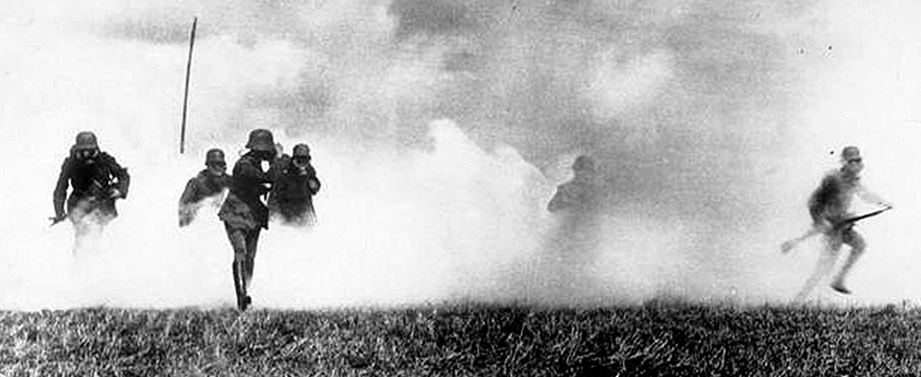
PRIOR TO THE 20th CENTURY, armies on campaign typically lost more men to disease than battle. Consider the following:
Pathogens like cholera caused two-thirds of the 90,000 French deaths in the Crimean War, while nearly 80 percent of British troops that perished between 1853 and 1856 lost their lives to camp illnesses. [3]
During the U.S. Civil War, about five percent of Union soldiers were killed in action; 12 percent died of dysentery, typhoid and other sicknesses. Confederates fared much worse: More than a tenth perished on the battlefield, one-in-five were overcome by disease. [4]
Remarkably, it was a much different story during the Franco Prussian War in 1870… at least for one of the warring factions it was.
While a smallpox outbreak gutted the French military to the tune of 23,000 lives, the German armies lost fewer than 460 men to the disfiguring and often-fatal virus. Why? Because before marching off to war, Prussian leader Otto von Bismarck ordered his troops vaccinated against smallpox. France didn’t.
Yet although German soldiers were safe, the disease spread rapidly across the continent following the conflict, thanks in part to the advent of railroads. By 1875, as many as a half-million Europeans were dead from smallpox.
The famous outbreak is now the subject of a short film by a London-based Greek animator named Katerina Athanasopoulou. It’s entitled Rupture.
According to the news site Mashable.com, the four-minute video was produced as part of a new creative project by the Bill and Melinda Gates Foundation dubbed The Art of Saving a Life.
While naturally-occurring smallpox was eradicated in the late 20th Century (only weaponized versions remain), Athanasopoulou says her short piece is intended to shine the spotlight on the wider war against all preventable diseases.
“It’s such an unnecessary horror,” she told Mashable’s Matt Petronzio last week. “It takes a moment to be vaccinated, but then the benefits are enormous. If we can help it, we should definitely continue the good battle.”
Click below to watch the film.

SIDEBAR: Smallpocalyspe in the Americas
Of course smallpox was the scourge of mankind long before the Franco Prussian War. The lethal disease, which produces crippling fatigue and diarrhea along with painful and disfiguring blisters, had ravaged human populations in Europe, Africa and Asia for eons. In fact, archeologists have found evidence of outbreaks as far back as Ancient Egypt. Yet amazingly, smallpox never reached the shores of the Americas; that is until it hitched a ride there on the backs of European explorers in the 15th and 16th centuries.
Hernán Cortés was among the first to unleash smallpox on the people of the hemisphere in 1519, albeit unwittingly. When the conquistador’s vastly outnumbered army halted its murderous campaign in Mexico, the Spaniards hastily left behind the body of a fallen soldier who just happened to be carrying the disease. The germ quickly spread through the city of Tenochtitlan and within two years virtually the entire Aztec army was dead along with more than a quarter of the population.[5] Upon their return, Cortés’ men reported they were unable to walk through the streets of the abandoned capital for all of the piles of corpses.[6]
For the next two centuries, smallpox spread like wildfire through towns and villages of the whole landmass, carried overland through inter-tribal contact, or delivered into communities by European traders, missionaries and explorers. As many as 90 to 95 percent of all native inhabitants of the Americas are believed to have died from the disease. [7]
SOURCES
http://www.newyorker.com/magazine/2011/05/30/resistant
http://www.historyofvaccines.org/content/smallpox-prussian-army
http://mashable.com/2015/01/09/smallpox-vaccine-katerina-athanasopoulou/
http://en.wikipedia.org/wiki/History_of_smallpox
http://emergency.cdc.gov/agent/smallpox/faq/smallpox_disease.asp










I think it grossly incorrect to characterize the [known] remaining smallpox virus as “weaponized versions”.
We probably could have referenced that it exists for research. Point taken.